目录
- 参考:
- UKF数学原理:
- UKF的基本非线性系统描述:
- 计算sigma point和权重参数
- UKF的基本预测步和更新步:
- UKF代码实现:
参考:
UKF数学原理:
UKF的基本非线性系统描述:
The UKF takes in a simple way the unscented transformation to obtain the covariance matrices used to compute the Kalman gains. Like the standard Kalman filter, UKF proceeds with a repeated two step algorithm. The details of the UKF algorithm are as follows. Given the (nonlinear) system:

Define a set of sigma points x(i) s according with the scaled unscented transform previously described. Now, repeat the following steps.
计算sigma point和权重参数
It has been noticed that the distance of the lateral sigma points to the central point increases as N increases. This is not convenient, and a scaling scheme has been devised to circumvent this problem:

where (matrix)i means the i-th column of the matrix, and λ is a scaling parameter, such that:

The parameter α determines the spread of the sigma points around the centre, and usually takes a small positive value equal or less than one. The parenthesis term (N + κ) is usually equal to 3. The weighting factors are chosen as follows:

The parameter β is an added degree of freedom to include a priori knowledge on the original PDF. In the case of a Gaussian PDF, β = 2 is optimal.
UKF的基本预测步和更新步:
(a) Prediction
• Use the transition equation to propagate the sigma points:

• Obtain the mean of the propagated sigma points:

• Compute the a priori covariance matrix:

(b) Update • Use the measurement equation to obtain measurements of the propagated sigma points:

• Obtain the mean of the measurements:

• Compute the measurement covariance matrix:

• Obtain the Kalman gain as follows

• And obtain the remaining terms:

UKF代码实现:
%Unscented Kalman filter example
%Radar monitoring of falling body
%------------------------------------------
%Prepare for the simulation of the falling body
T=0.4; %sampling period
g=-9.81;
rho0=1.225; %air density, sea level
k=6705.6; %density vs. altitude constant
L=100; %horizontal distance radar<->object
L2=L^2;
Nf=100; %maximum number of samples
rx=zeros(3,Nf); %space for state record
rd=zeros(1,Nf); %space for drag record
ry=zeros(1,Nf); %space for measurement record
tim=0:T:(Nf-1)*T; %time
%process noise
Sw=[10^5 0 0; 0 10^3 0; 0 0 10^2]; %cov
bn=randn(3,Nf); sn=zeros(3,Nf);
sn(1,:)=sqrt(Sw(1,1))*bn(1,:); %state noise along simulation
sn(2,:)=sqrt(Sw(2,2))*bn(2,:); %" " "
sn(3,:)=sqrt(Sw(3,3))*bn(3,:); %" " "
%observation noise
Sv=10^6; %cov.
on=sqrt(Sv)*randn(1,Nf); %observation noise along simulation
%------------------------------------------
%Prepare for filtering
%space for matrices
K=zeros(3,Nf); M=zeros(3,3,Nf); P=zeros(3,3,Nf);
%space for recording er(n), xe(n)
rer=zeros(3,Nf); rxe=zeros(3,Nf);
%UKF parameters (to be edited here)
N=3; %space dimension
alpha=0.7; kappa=0; beta=2;
%pre-computation of constants
lambda= ((alpha^2)*(N+kappa))-N;
aab=(1-(alpha^2)+beta);
lN=lambda+N; LaN=lambda/lN; aaN=aab+LaN;
%------------------------------------------
%Behaviour of the system and the filter after initial state
x=[10^5; -5000; 400]; %initial state
xe=x; % initial value of filter state
xa=xe; %initial intermediate state
xs=zeros(3,7); %space for sigma points
xas=zeros(3,7); %space for propagated sigma points
yas=zeros(1,7); %" " "
P(:,:,1)=0.001*eye(3,3); %cov. non-zero init.
nn=1;
while nn<Nf+1
%estimation recording
rxe(:,nn)=xe; %state
rer(:,nn)=x-xe; %error
%system
rx(:,nn)=x; %state recording
rho=rho0*exp(-x(1)/k); %air density
d=(rho*(x(2)^2))/(2*x(3)); %drag
rd(nn)=d; %drag recording
%next system state
x(1)=x(1)+(x(2)*T)+sn(1,nn);
x(2)=x(2)+((g+d)*T)+sn(2,nn);
x(3)=x(3)+sn(3,nn);
%system output
y=on(nn)+sqrt(L2+(x(1)^2));
ym=y; %measurement
ry(nn)=ym; %measurement recording
%Prediction
%sigma points
sqP=chol(lN*P(:,:,nn)); %matrix square root
xs(:,7)=xe;
xs(:,1)=xe+sqP(1,:)'; xs(:,2)=xe+sqP(2,:)';
xs(:,3)=xe+sqP(3,:)';
xs(:,4)=xe-sqP(1,:)'; xs(:,5)=xe-sqP(2,:)';
xs(:,6)=xe-sqP(3,:)';
%a priori state
%propagation of sigma points (state transition)
for m=1:7
rho=rho0*exp(-xs(1,m)/k); %air density
d=(rho*(xs(2,m)^2))/(2*xs(3,m)); %drag
xas(1,m)=xs(1,m)+(xs(2,m)*T);
xas(2,m)=xs(2,m)+((g+d)*T);
xas(3,m)=xs(3,m);
end
%a priori state mean (a weighted sum)
xa=0;
for m=1:6
xa=xa+(xas(:,m));
end
xa=xa/(2*lN);
xa=xa+(LaN*xas(:,7));
%a priori cov.
aux=zeros(3,3); aux1=zeros(3,3);
for m=1:6
aux=aux+((xas(:,m)-xa(:))*(xas(:,m)-xa(:))');
end
aux=aux/(2*lN);
aux1=((xas(:,7)-xa(:))*(xas(:,7)-xa(:))');
aux=aux+(aaN*aux1);
M(:,:,nn+1)=aux+Sw;
%Update
%propagation of sigma points (measurement)
for m=1:7
yas(m)=sqrt(L2+(xas(1,m)^2));
end
%measurement mean
ya=0;
for m=1:6
ya=ya+yas(m);
end
ya=ya/(2*lN);
ya=ya+(LaN*yas(7));
%measurement cov.
aux2=0;
for m=1:6
aux2=aux2+((yas(m)-ya)^2);
end
aux2=aux2/(2*lN);
aux2=aux2+(aaN*((yas(7)-ya)^2));
Syy=aux2+Sv;
%cross cov
aux2=0;
for m=1:6
aux2=aux2+((xas(:,m)-xa(:))*(yas(m)-ya));
end
aux2=aux2/(2*lN);
aux2=aux2+(aaN*((xas(:,7)-xa(:))*(yas(7)-ya)));
Sxy=aux2;
%Kalman gain, etc.
K(:,nn+1)=Sxy*inv(Syy);
P(:,:,nn+1)=M(:,:,nn+1)-(K(:,nn+1)*Syy*K(:,nn+1)');
xe=xa+(K(:,nn+1)*(ym-ya)); %estimated (a posteriori) state
nn=nn+1;
end
%------------------------------------------
%display
figure(1)
subplot(1,2,1)
plot(tim,rx(1,1:Nf),'kx'); hold on;
plot(tim,rxe(1,1:Nf),'r');
title('altitude'); xlabel('seconds')
axis([0 Nf*T 0 12*10^4]);
subplot(1,2,2)
plot(tim,rx(2,1:Nf),'kx'); hold on;
plot(tim,rxe(2,1:Nf),'r');
title('velocity'); xlabel('seconds');
axis([0 Nf*T -6000 1000]);
UKF实现仿真:


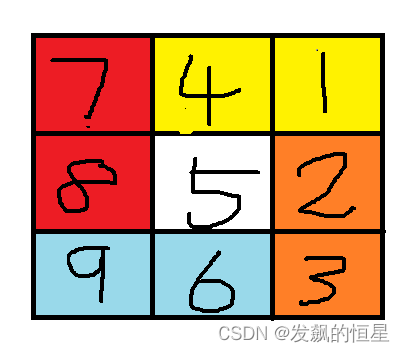

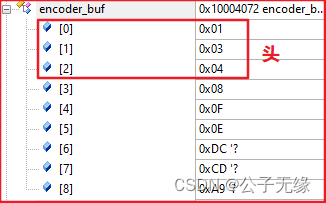
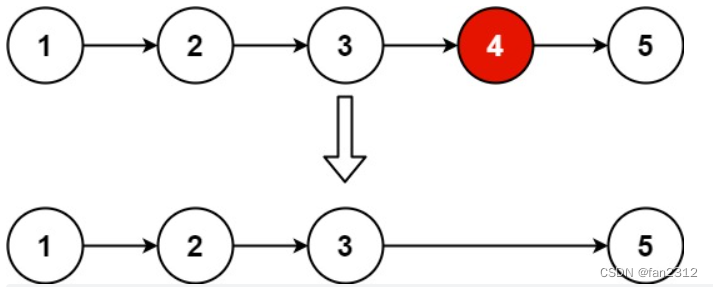
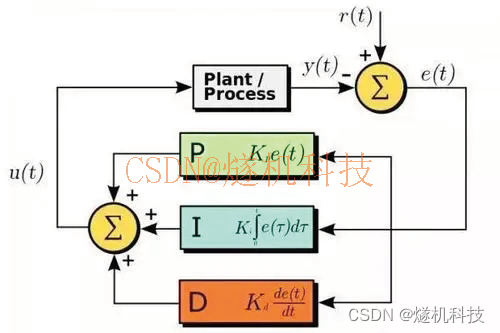

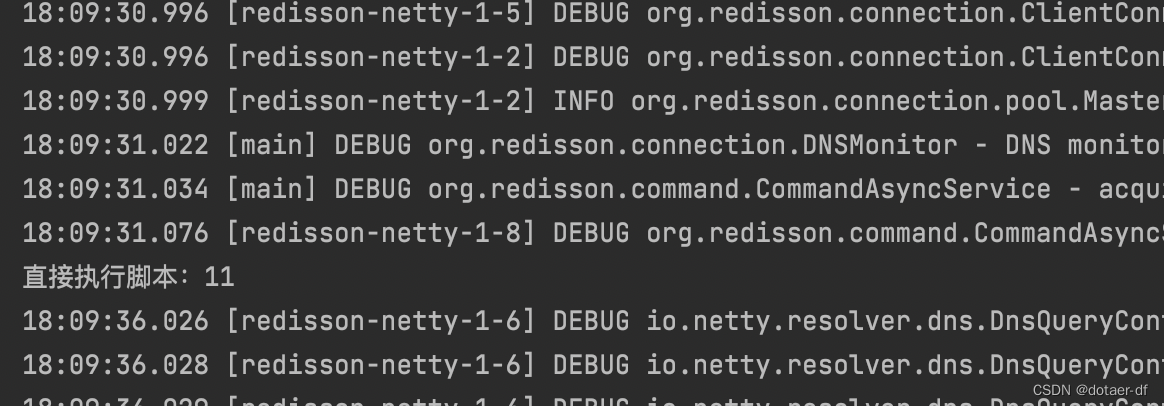
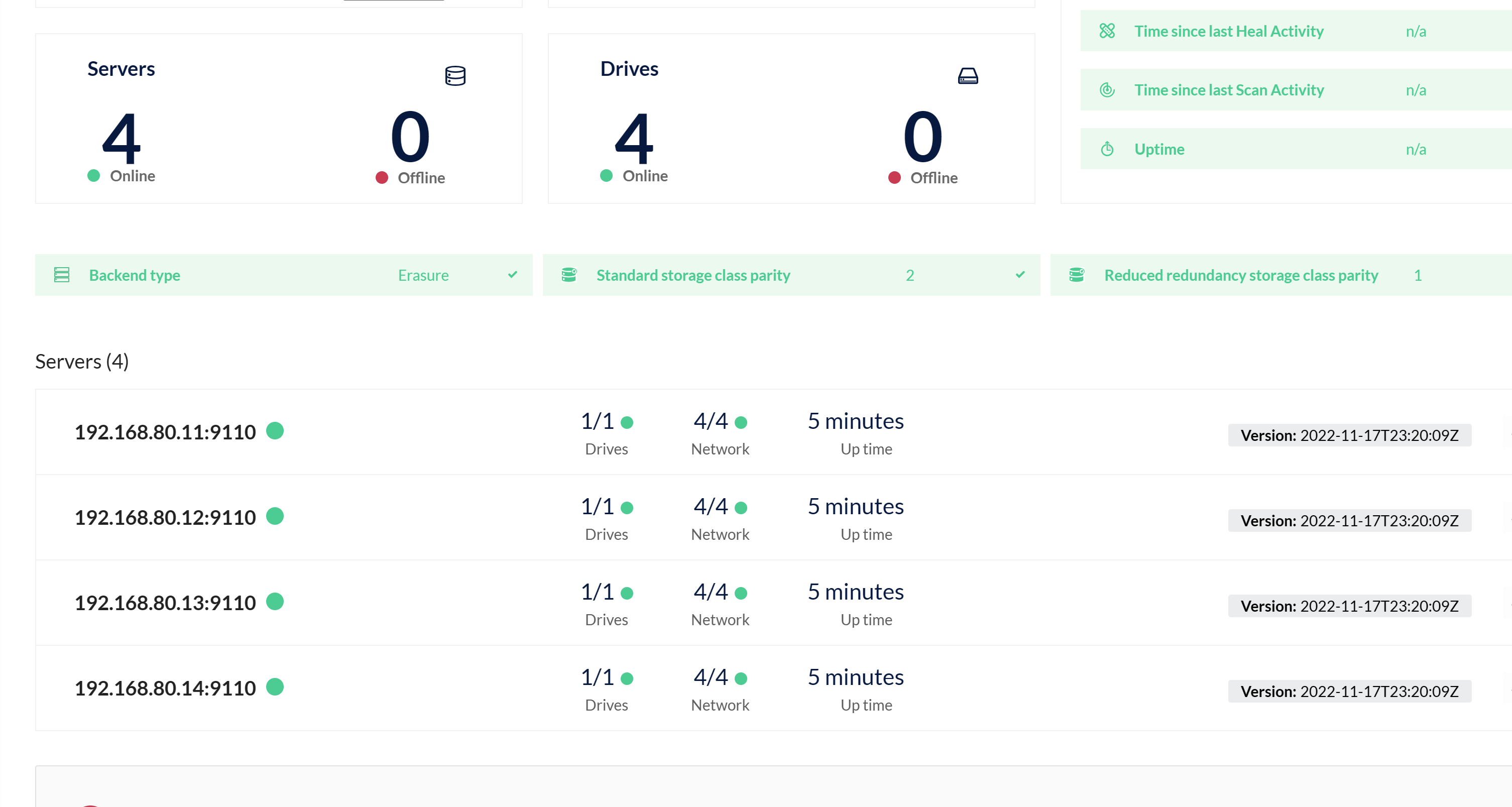








![[Verilog]有限状态机设计举例](https://img-blog.csdnimg.cn/img_convert/261f6d88fe0ae4ce76f203bb7dda4610.png)
